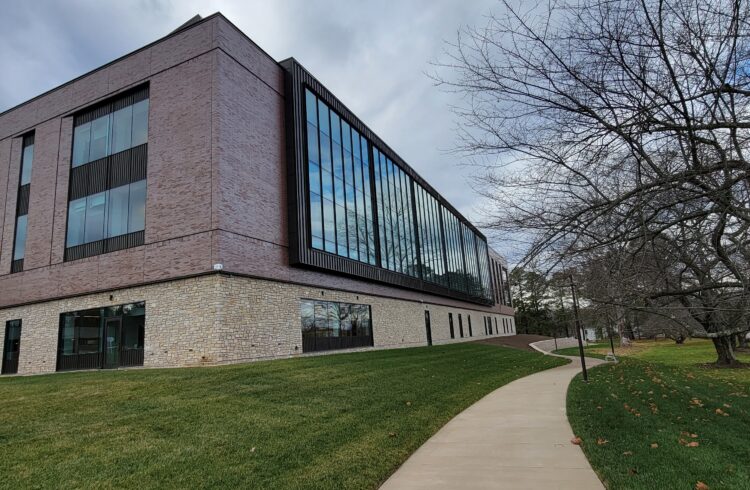
The spreading out of cities’ residential, commercial, recreational and public spaces, otherwise known as urban sprawl, poses a special risk for teen drivers according to a new University of Virginia Health System study. Dr. Matthew Trowbridge, emergency medicine physician and lead researcher, found that sprawl results in more miles driven by teens, who have a higher rate of fatalities per miles driven than adults. His results appear in the March 2008 issue of the American Journal of Preventative Medicine .
“While sprawl has been examined for its public health risks including the driving hazards it presents for adults; no one had ever studied its specific impact on teen drivers,” said Trowbridge. “Over 3,500 teen drivers are killed each year in the United States. Teen driver fatality rates are 4 to 8 times higher than adult drivers. Therefore, environmental characteristics that increase daily miles driven by teens increase their risk of being killed in a motor vehicle crash. This makes it particularly important to study how environment affects the driving behavior of this age group.”
Trowbridge and Noreen McDonald, PhD, assistant professor in the Department of City and Regional Planning at the University of North Carolina at Chapel Hill, gathered driving and demographic data from the National Household Transportation Survey. They developed an algorithm to measure sprawl, daily miles driven by teens, demographic characteristics and the probability of teens driving more than 20 miles each day in counties with varying degrees of sprawl. Of the 4,528 teens surveyed, 48 percent reported that they didn’t drive. 27 percent drove less than 20 miles and 25 percent drove greater than 20 miles. More pronounced sprawl was associated with increased daily mileage.
“Teens in more sprawling counties were more likely to drive more than 20 miles per day than similar teens living in more compact areas,” said Trowbridge. “Moreover, this association was stronger among the youngest and least experienced teen drivers.”
Trowbridge and McDonald concluded that increased efforts to understand and modify the effects of urban sprawl are necessary to improving teen driver safety.
“Certain teenage characteristics, like the tendency to take risks, are not going to change. This makes health behavior modification in this age group very difficult. However, our results suggest that changing the way we develop and use land in order to minimize our dependence on our vehicles could be an effective method of reducing the risk of serious injury or death among teen drivers in the United States” he added.


